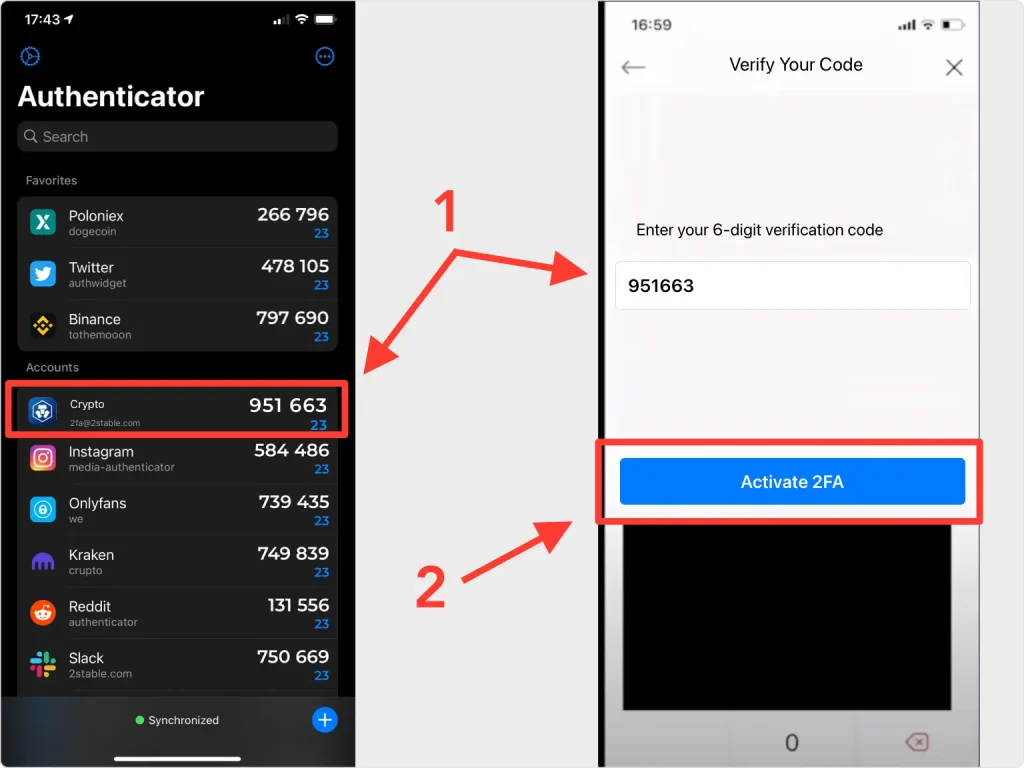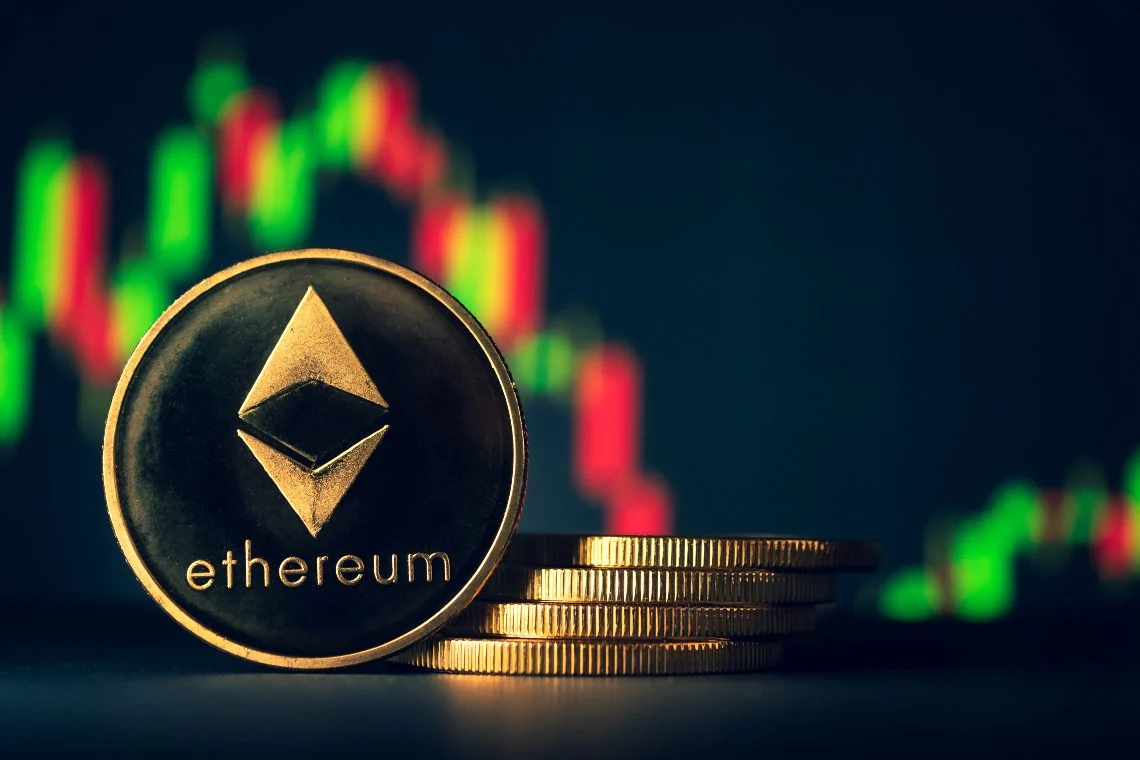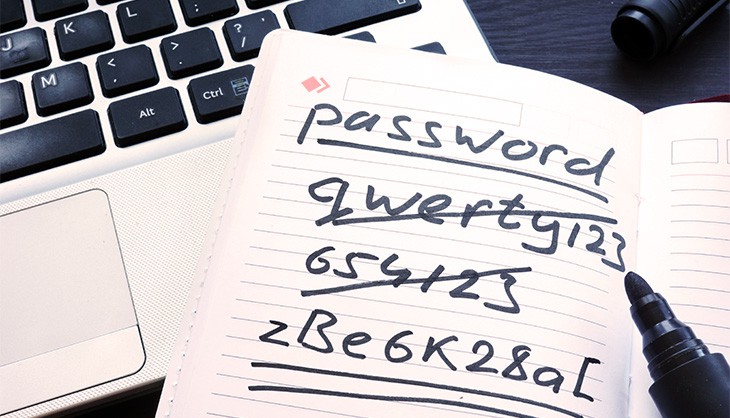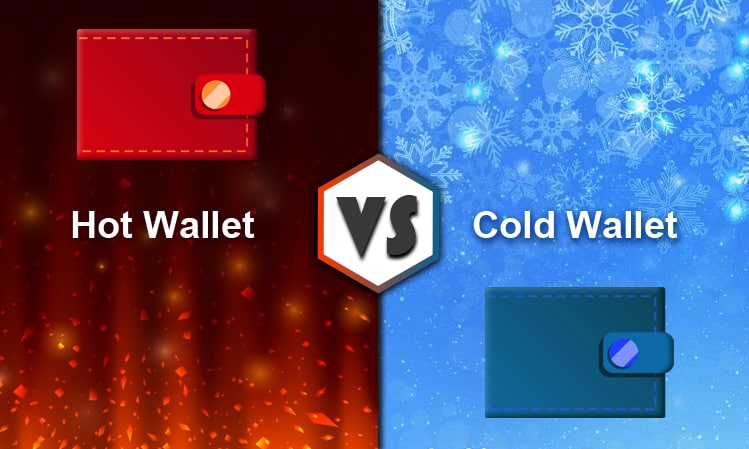How to secure a crypto wallet goes beyond just picking a solid password. Imagine the peace of mind knowing your digital treasures are under lock and key, impenetrable to prying eyes. That’s what I’m here to help you achieve. With cyber crooks getting craftier, it’s essential to equip yourself with robust wallet security fundamentals. You’ll learn how to embrace two-factor authentication and craft strong, unique passwords—basic steps that build a fortress around your funds.
From advanced encryption methods to multi-signature protocols, we’ll dive into strategies that shore up your digital defenses more than ever before. Get ready to bulletproof your crypto assets against cyber threats, secure your keys and seed phrases, and navigate the storage battlefield with confidence. It’s time to turn your wallet into a digital Fort Knox. Let’s get started!
Establishing Robust Wallet Security Fundamentals
Embracing Two-Factor Authentication (2FA)
Let’s chat about keeping your crypto safe. First up is two-factor authentication, or 2FA for short. Why use it? It stops hackers cold if they crack your password. Think of it like a double lock on your virtual wallet. Using 2FA means you need two ways to prove it’s really you. Most times, that’s your password plus a code from your phone.
Lots of folks ask, “Is 2FA important?” You bet it is! It adds a strong layer to your cryptocurrency security measures. For instance, if phishing scammers get your password, 2FA could still block them from your account. So, yes, you need 2FA to protect digital currency.

Enable 2FA on crypto wallet
Setting it up means heading to your wallet’s security settings. Pick a 2FA app like Google Authenticator. Scan a QR code with your phone, and bam, you’re safer already. Every time you log in, punch in that new code from your phone. Easy, right? Just remember, keep your 2FA backup codes in a safe spot. Lose them, and getting back into your account can be tough.
Crafting Strong and Unique Passwords
Passwords. We all need them. But make ’em weak, and hackers will thank you. So here’s the deal: create strong passwords, always. What makes a password strong? Long, random, and no easy guesses like “password123”. Go for a mix of letters, numbers, and symbols. And no pet names!
“Should I have a unique password for my wallet?” Yes, every time. For each site you use, make your password different. Get it? If one site gets hacked, your other accounts are still safe. Think about a password manager. It stores all your unique passwords so you don’t forget.
Learned about “passphrases”? They’re like a sentence, easy to remember but hard to crack. “BlueBananaDance7!” could be one. Whatever you choose, keep it secret, keep it safe. And change it up now and then. For your wallet recovery process, your strong password is your first defender.
By now, you get it. Secure private keys and smart digital asset management start here. With 2FA and unbreakable passwords, you’re building an armor around your blockchain assets. Remember, don’t share your keys or passwords. Not with friends, and definitely not over public Wi-Fi. Hackers love open networks to snatch data.
Stick to what I’ve shared, and your virtual wallet safety levels up. But that’s just the start. There’s more to do for protecting digital currency from the bad guys. Keep learning, and keep your crypto locked down tight.
Advanced Protection with Encryption and Multi-Sig
Understanding Encryption for Digital Wallets
Imagine your digital wallet as a safe. Encryption is the sturdy lock on it. When you use encryption for wallets, you turn your secret info into a code. No one else can read it without the right key. This key is your password. Always make it strong to protect your money. Strong means using letters, numbers, and symbols. Use passwords no one can guess.
Every time you update wallet software, you make your safe’s lock even better. It’s like adding new, more complicated locks that thieves can’t crack. These updates fix weak spots in your wallet’s security. They are a shield against hackers getting in.
Implementing Multi-Signature Protocols for Extra Layers of Security
Now, think of multi-signature protection as needing two keys instead of one to open the safe. It means you need approval from multiple devices or people before a transaction can happen. This is great for teams or families sharing a wallet. It keeps your virtual wallet safety tight.
Let me put it in a story. You and two friends find a treasure. You put it in a chest with three locks. Each of you has a key to one lock. To open the chest, all three must agree and turn their keys.
That’s how multi-signature wallets work. They provide a strong way of safeguarding blockchain assets. This setup keeps your crypto extra safe. It’s a powerful tool in digital asset management. It also helps prevent theft prevention crypto style.
To set it up, choose a wallet that supports multi-sig. Ledger Nano S and Trezor are two popular hardware wallet options with this feature. They’re like high-tech safes for your cryptocurrency. Here’s a fun fact: some people call them the gold standard in protecting digital currency. Keep your keys and wallet recovery info backed up in different places. This way, you avoid disaster if one backup fails.
Remember, the more layers of security you add, the harder it becomes for someone to steal your funds. Just like layers of armor in a battle, each one protects you from different attacks.
To sum up, encryption for wallets keeps your data coded and safe. It turns your info into something only you can understand. Multi-signature protection makes sure many keys are needed to confirm a deal. It’s like a team sport. Everyone must play their part to score— or in this case, to secure your assets. With these methods, you shield your crypto from harm. You become a guardian of your own digital fortune. Always look for new ways to make your wallet safer and keep the bad guys out.
Safeguarding Against Cyber Threats and External Risks
Backing Up Wallet Keys and Seed Phrases Securely
What’s a sure way to keep your crypto safe? Back up your keys and seed phrases. Imagine your wallet as a house. The key is special; it opens only your door. Now, what if you lose this key? Trouble. Big trouble. I can’t stress enough—those keys and phrases are gold. They’re your way back into your wallet if things go south.
Store backups in many places. Think safe deposit box, a locked drawer, or with someone you trust. Making copies is smart. Have them in physical form, like on paper or metal. Digital is risky. Hackers can steal digital. But paper? Not unless they break in.
Remember, each word of your seed phrase is a unique password. Mix them up, and bam, you’re out. So, write them down clearly. Check them twice. It’s like Santa’s list, but for your money.
Encryption for wallets helps too. It’s like a secret language for your keys. Only you can read it. That’s pretty neat. And never tell anyone your backup info. That’s asking for trouble.
Now let’s say something happens to your wallet. Like it breaks or gets stolen. With your backup, you can get a new one and move your crypto there. Smooth and easy, no panic. Just like grabbing a spare key, popping it in, and stepping back into your house.
Recognizing and Avoiding Common Phishing Scams
Phishing scams are sneaky. They trick you into giving info—like your key or phrase. It can be an email, a text, or even a fake website that looks real. So, how do you spot one? First, take a close look. Weird links or misspelled words are clues. The sender—do you know them? If you don’t, big red flag right there.
Always use two-factor authentication. That’s two locks on your door instead of one. Hackers might get through the first. But the second? That’s tougher. It buys you time to react.
A common trick is scary messages. Like, “Security alert! Act now!” They rush you. They want you to panic and not think. But wait. Breathe. Don’t click that link. Real security warnings don’t do that.
Scammers might say they’re from support. They need your keys to ‘fix’ something. Don’t buy it. Real support never asks for your keys. No matter what.
One more thing. Public Wi-Fi. It’s not safe for wallet stuff. At home, you know who’s knocking. In public? Who knows. So, when you’re out, turn off your wallet access. Do your crypto dance at home, where it’s safe.
And if you smell something fishy—trust it. Reporting it helps everyone. Keep your eyes open, and your wallet closed. That’s how you play it smart in this wild world of virtual wallet safety.
Choosing and Maintaining Secure Hardware and Storage Options
Evaluating Cold Storage Solutions Versus Hot Wallets
When securing your digital money, knowing where to store it is key. Think of hot wallets like your pocket for daily cash. These are online tools, apps, or services that keep your cryptocurrency ready to use. They are good for quick access but not as secure. On the other hand, cold storage solutions are like safes for your valuable assets. Cold storage refers to keeping a reserve of your currency offline. It’s the best way to protect your stash from online thieves.
But why pick cold storage over hot wallets? The reason is simple. Cold storage – like hardware wallets or paper wallets – is not connected to the internet. Because of this, hackers can’t reach them as long as you keep them safe. Popular hardware wallet options you might know are Ledger Nano S and Trezor. They are like USB sticks made just for your cryptocurrency.
Keeping Wallet Software and Hardware Up to Date
Now, using cold storage doesn’t mean you can just relax. Whether you use a hardware wallet or any other kind, keeping them updated is critical. Manufacturers of hardware wallets release updates to fight new threats. It’s like adding new locks to your doors when you hear about burglaries in the area.
Why is it so important to update your wallet software? Hackers always hunt for weak spots. Old software often has those, making it easier for bad guys to break in. That’s why updating is a shield. It guards you against such attacks.
And don’t forget, it’s not just about the software. Your hardware needs care too. Regularly check your hardware wallet for any damage. After all, a broken lock won’t keep your treasure safe.
In conclusion, whether you go for the quick-access hot wallets or the strongbox-like cold storage, always keep them updated and in good shape. It’s the foundation of protecting your virtual wallet and securing your blockchain riches. Remember, you work hard for your digital money; it makes sense to guard it well.
In this post, we’ve talked about how to keep your digital wallet safe. We started by setting up the basics with two-factor authentication and strong passwords. You need both to keep your money secure. Next, we went deeper with encryption and multi-signature setups. These methods add extra layers to stop thieves in their tracks.
We then looked at how to beat hackers and scams. Always back up your keys and phrases, and stay sharp to dodge phishing traps. At last, we explored the debate of cold storage against hot wallets. Remember, updating your wallet’s software and hardware is key.
I think it’s clear now that a safe wallet takes some work. But your peace of mind is worth it. Stay safe and always be steps ahead of the bad guys. Follow Dynamic Crypto network to update more knowledge about Crypto.



